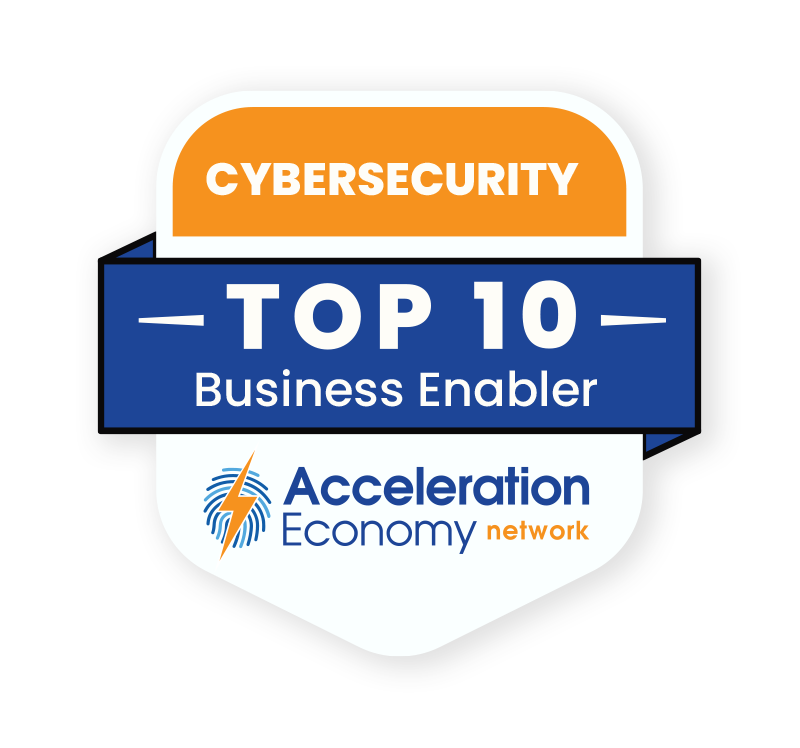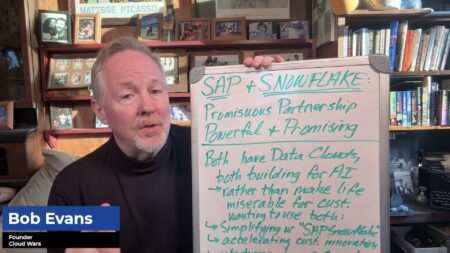In episode 67 of the Cybersecurity Minute, Frank Domizio discusses the differences between traditional incident response and multi-cloud incident response, and why organizations must adapt their strategies and processes to this new reality.
This episode is sponsored by Acceleration Economy’s Digital CIO Summit, taking place April 4-6. Register for the free event here. Tune in to the event to hear from CIO practitioners discuss their modernization and growth strategies.
Highlights
00:34 — There are differences between traditional incident response and multi-cloud incident response. Incident response is essential to cybersecurity, and there must be a coordinated effort to effectively manage and mitigate the impact of security incidents and breaches.
01:07 — Before the cloud, incident response was straightforward. Organizations managed their own infrastructure. When a security incident occurred, their teams would follow a well-defined process: detect, analyze, contain, eradicate, and recover.

Which companies are the most important vendors in cybersecurity? Check out
the Acceleration Economy Cybersecurity
Top 10 Shortlist.
01:27 — In today’s multi-cloud environment, the landscape has shifted dramatically. While multi-cloud offers many benefits, including cost savings and increased flexibility, it also introduces a new set of challenges for incident responders.
02:00 — In a multi-cloud environment, the responsibility for securing the infrastructure is divided between an organization and the cloud service provider, so there’s a clear understanding of where our responsibilities lie. Also, visibility and control are more limited in a multi-cloud environment, which can be challenging.
02:51 — Another thing to consider is how multi-cloud’s complexity demands a higher level of expertise and coordination. As an organization’s infrastructure spans multiple providers, an incident response team must be well-versed in each provider’s security features capabilities, and incident response procedures.
03:11 — Establishing a strong relationship with our cloud service providers and fostering open communication channels are crucial to ensure effective collaboration during an incident.
03:22 — And lastly, consider the legal and compliance implications of operating in a multi-cloud environment. Different cloud service providers may be subject to different regulations and requirements, which can complicate incident response efforts.
03:42 — The shift to a multi-cloud environment has undoubtedly introduced new challenges to incident response. Organizations must adapt their strategies and processes to this new reality.








